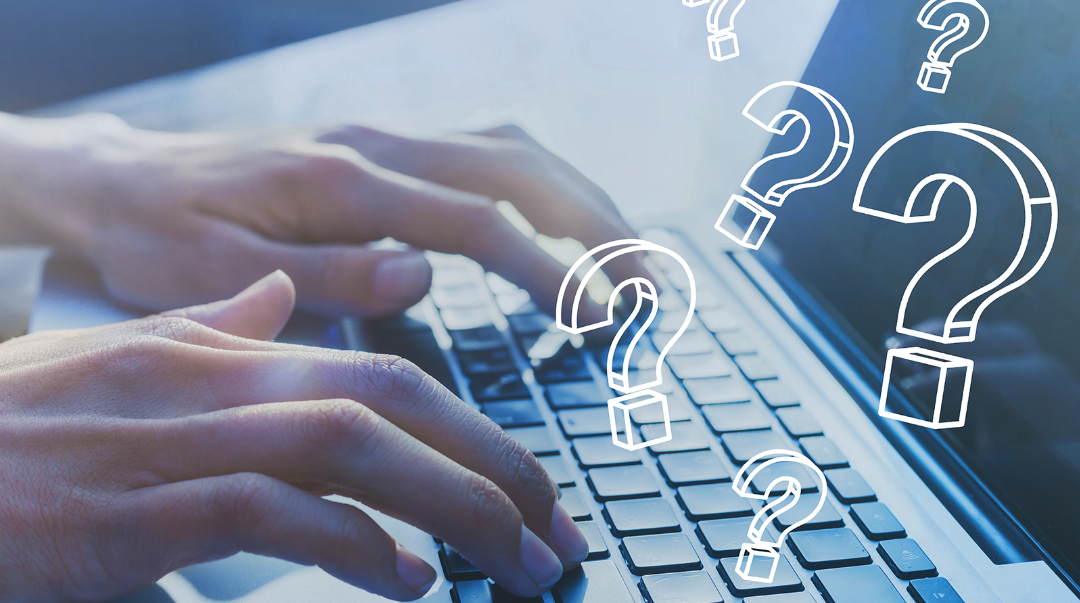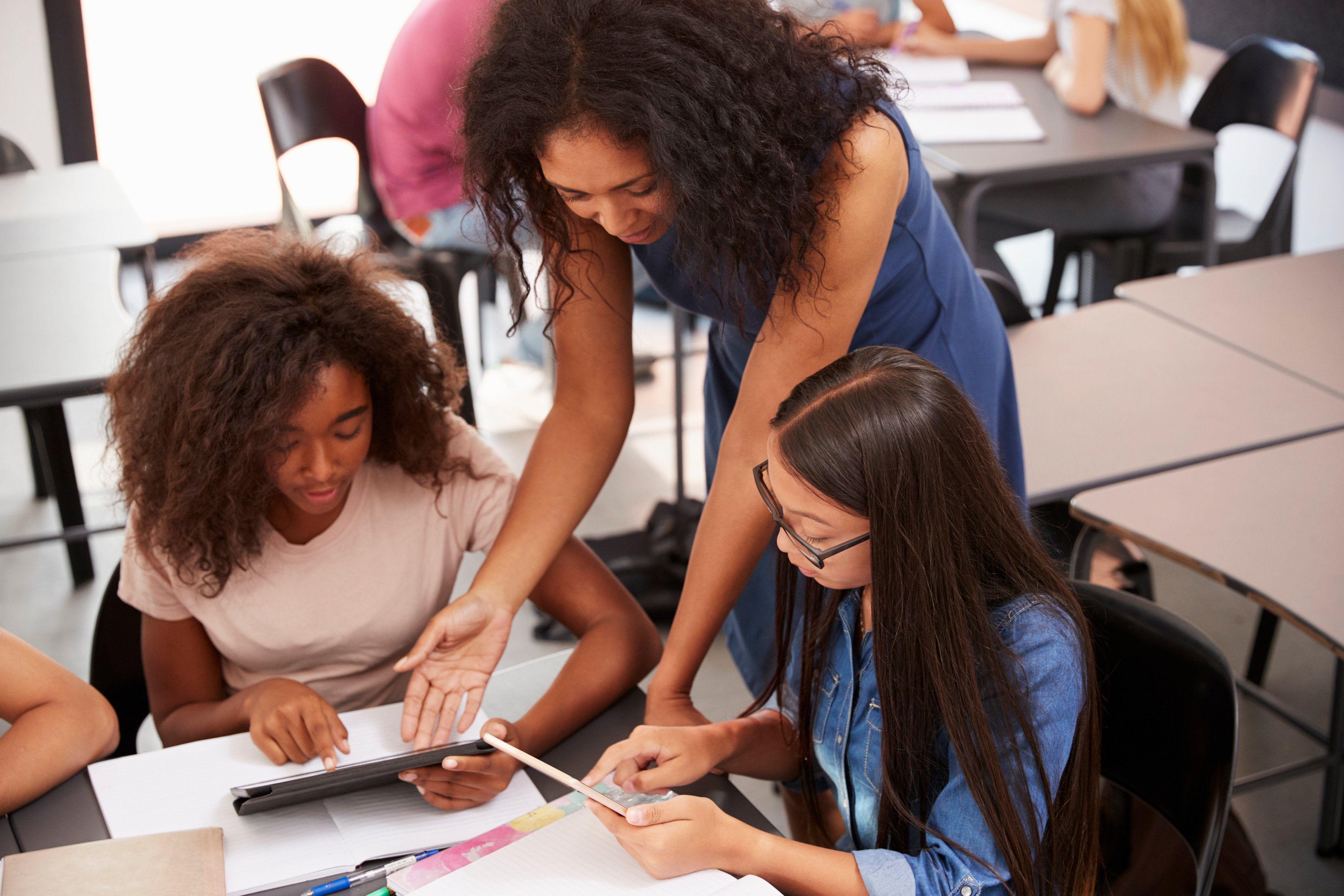
A few years ago, I “splashed” into the blended learning scene only to abandon it several months in. There were a few reasons why, and you can read about them in my blog post here. But I don’t say this to scare you off! If I knew then what I know now, I would have definitely made some changes to my approach. I’ve learned many things that I can now share from my experience.
An Overview of Blended Learning
Before I get into the “meat” of this post, I want to share what exactly is blended learning so that we are all on the same page. For an educational program to be considered “blended learning,” it needs to comprise three parts:
- A student learns partly through online learning and partly in a brick-and-mortar location.
- There is an element of student control over time, place, path, and/or pace.
- The learning provided online and at the brick-and-mortar location must be fluid (Blended Learning Universe, 2020).
Classroom Benefits
Blended learning in the classroom has immense benefits for students and teachers if implemented correctly. With the right motivation and resources, teachers can see overall improvement in academic performance and student flexibility.
Here are a few top benefits for students:
- More flexibility when it comes to timing of learning
- More flexibility over how fast or slow they learn (reducing academic stress)
- Access to a variety of learning activities (to meet different learning styles)
- Fun
And here are a few benefits for teachers:
- More effective interactions between teacher and student via email, discussion boards, etc.
- Ability to motivate the “hard-to-reach” or low-level students
- Deeper learning
- More engaged students
Are you hooked already after reading these benefits? You may now be asking yourself, “How do I start with blended learning?” and “What is the best approach?” And really, there is no one right answer! Educators take many different approaches to learning and implementing the basics of a blended classroom. I recommend scrolling through Blended Learning Universe to get started!
I think that first and foremost you have to consider what is going to be best for your students. How do you think they will learn the best? For me, the “flipped classroom” model fit my classroom and students best. However, I assume that station rotations, which are generally used by elementary teachers, would also be effective for my middle schoolers.

Balancing Print and Digital
Teachers also need to consider how to balance the use of technology versus a textbook. If you are in a system that already utilizes textbooks and technology, this will be easier, but there are still tips I can offer!
Whatever text your class uses can be a base that students read at home to collect background information, but in class, digital activities and technology can be used as the primary information source in the classroom. Teachers can also create videos for students to watch at home based on the information in the text or activities done in class. This way, students have the power to watch at times that are convenient for them and set the pace by pausing or starting as they need. Then, students can create their own inquiry-based questions about the readings and/or videos at home to use for a class discussion the next day. There are an unlimited amount of ways to implement blended learning into the classroom! For more information, view a webinar that I curated on the topic here.
Transitioning to a Blended Curriculum
To help transition into blended learning, I recommend utilizing Active Classroom, which contains thousands of activities that you and your students will love! I’m outlining a list of my favorite “go-to” activities to build skills and make the transition to blended learning smooth.
For readings to build background knowledge, try Freedom: A History of Us. It is great for telling the story of the United States and the movers and shakers who made their mark in history. For world history, try Focus on World History. When I’m building curriculum maps for Active Classroom, this is a series I turn to a lot. I also love Power Basics. It is a lower reading level and is great for our EL students, but I also think it is a wonderful way to reinforce the information for students in regular classes. If you want to assign students a video to watch at home, try the Timeline series, Turning Points in History, or The Unfinished Nation. Students can watch them on their devices at home, create questions about what they have viewed, and use them to start in-depth discussions in the classroom. Finally, for more hands-on learning in the classroom that will help build greater understanding and retention, try Decision-Making in History, World History Activators, History’s Mysteries, and History Unfolding.
Transitioning a classroom into a blended learning environment is not always an easy task, but it is definitely doable and worth it with careful planning. There are a lot of excellent resources and activities that can assist you in mapping out your units, but utilizing Active Classroom, with its diverse collection of activities that are easy to implement and fun for your students, will help your transition be smooth and less stressful!
Not an Active Classroom user?
You can try it now with a free 30-day trial.
References
Blended Learning Universe (2020). What is Blended Learning? Blended Learning Universe https://www.blendedlearning.org/basics/
TeachThought Staff (2019, September 18). The Benefits of Blended Learning. TeachThought https://www.teachthought.com/technology/the-benefits-of-blended-learning/
Jessica Hayes has been teaching for six years. She completed a bachelors’ degree in social science education at Auburn University in 2009, and a master’s degree in English education from Jacksonville State University in 2014. Recently, she has received her instructional leadership certificate. In her work as a certified trainer for Active Classroom, she builds curriculum maps and trains educators on using the program. In her spare time, she loves reading and learning new technology/productivity skills.